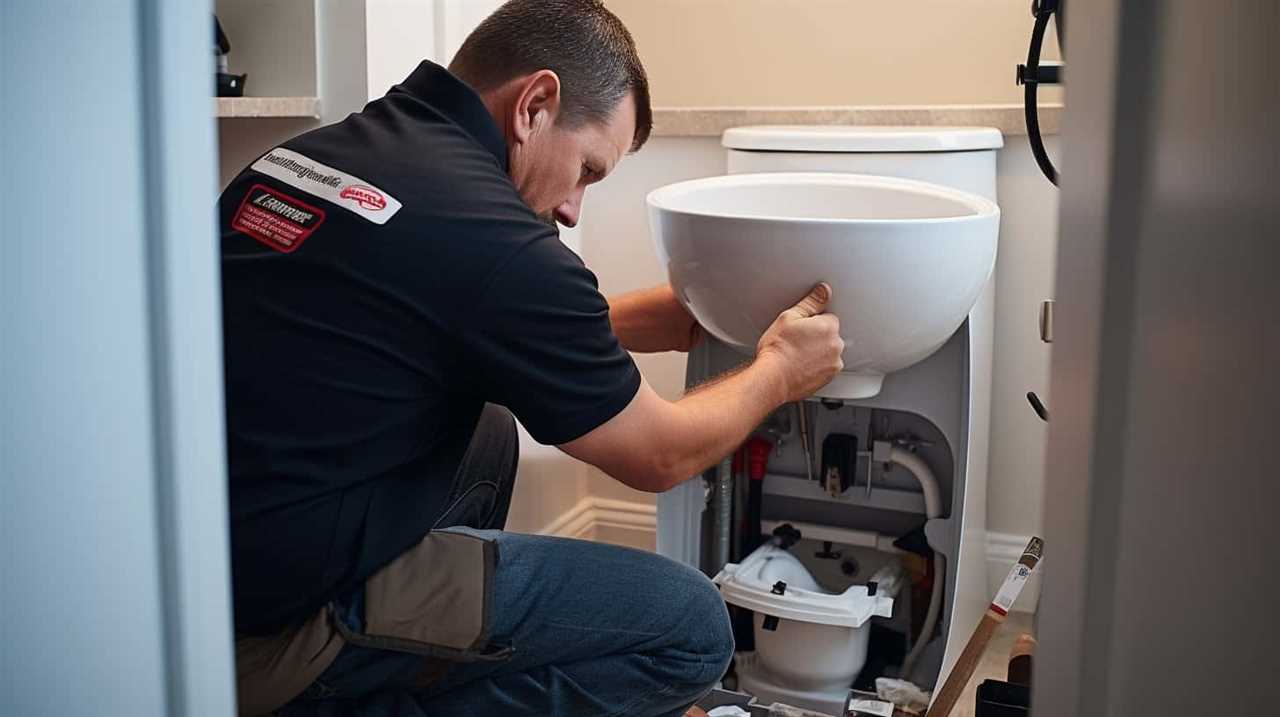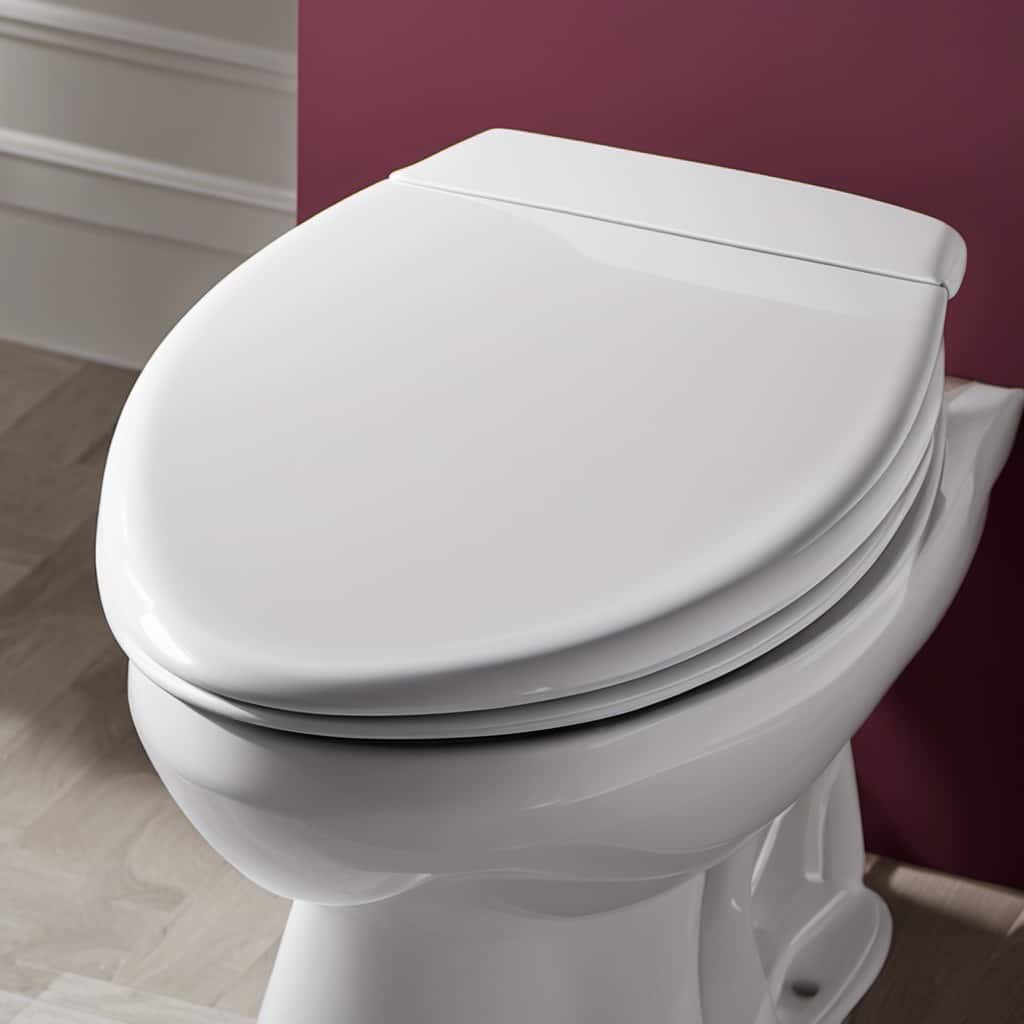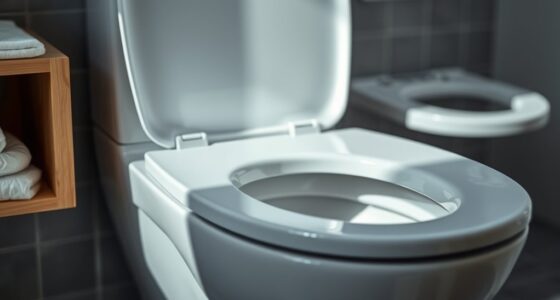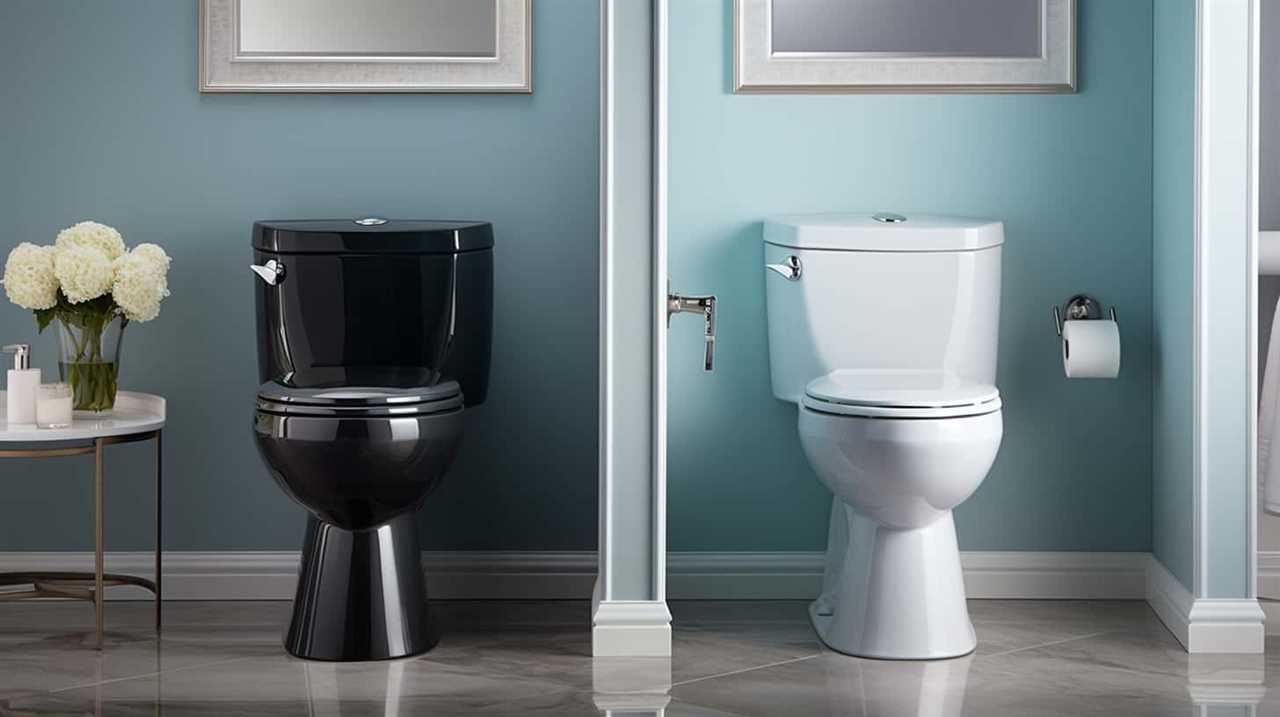Have you ever wondered what happens when we accidentally flush a pad down the toilet? Well, let us paint a picture for you.
Our plumbing system, already working hard to keep things flowing smoothly, can face potential clogs and damage from this mishap. Not only that, but there’s also a risk of sewer backup and a negative environmental impact.
But fear not! In this article, we will guide you through the steps to resolve this issue and maintain mastery over your plumbing.
Key Takeaways
- Flushing pads down the toilet can lead to potential clogging and damage to the plumbing system.
- Sewer backups and contamination are risks associated with flushing pads.
- Flushing pads has negative environmental impacts, contributing to waste accumulation and contamination of water sources.
- To resolve the issue, avoid flushing anything else down the toilet, turn off the water supply, and contact a professional plumbing service for assessment and repairs.
Potential Clogging of the Toilet
We often experience a potential clogging of the toilet when a pad is accidentally flushed down. Toilet maintenance is crucial to prevent such mishaps. Flushing anything other than toilet paper can lead to blockages in the plumbing system. Pads aren’t designed to be flushed and can cause significant damage if they get stuck in the pipes.
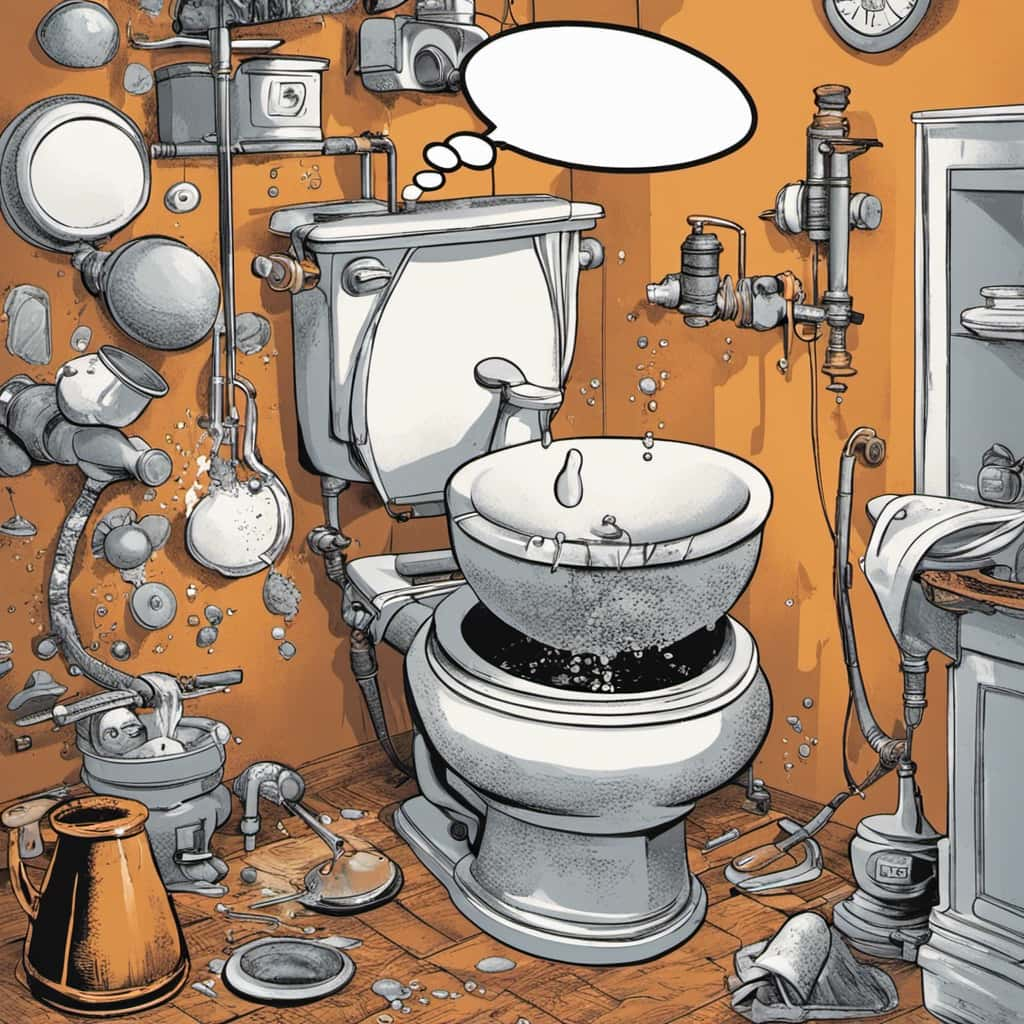
It’s important to educate ourselves about proper disposal methods to avoid these issues. When disposing of pads, it’s recommended to wrap them in toilet paper or put them in a designated disposal bag before throwing them in the trash. This simple step can help maintain the functionality of our toilets and prevent costly repairs.
Damage to the Plumbing System
The flushed pad can cause severe damage to our plumbing system. When a pad is flushed down the toilet, it can get stuck in the pipes, leading to blockages and potential backups. These blockages can put strain on the entire plumbing system, causing pipes to burst or leak. Repairing such damage can be costly and time-consuming, as it may require professional assistance to locate and remove the pad from the pipes.
Ignoring the issue can lead to further complications, such as sewage backups and water damage to your property. Moreover, flushing pads down the toilet poses health hazards, as it can contaminate the water supply and expose you to harmful bacteria and pathogens.
Therefore, it’s crucial to dispose of pads properly to avoid these repair costs and health hazards.

Risk of Sewer Backup
Discussing the risk of sewer backup after flushing a pad down the toilet, we must consider the potential consequences. Flushing a pad can lead to blockages in the sewer system, resulting in wastewater backing up into your home or surrounding areas. This poses a significant risk of contamination and creates health hazards for both humans and the environment.
When the sewer system becomes overwhelmed with non-biodegradable materials like pads, it can cause sewage to overflow and potentially contaminate water sources. This contamination can lead to the spread of harmful bacteria and diseases.
Additionally, the backup of sewage can cause property damage and costly repairs. Therefore, it’s crucial to raise awareness about the risk of flushing pads and to dispose of them properly to avoid these health hazards and protect the environment.
Environmental Impact of Flushing Pads
Flushing pads down the toilet can have a detrimental environmental impact. Here are three reasons why:
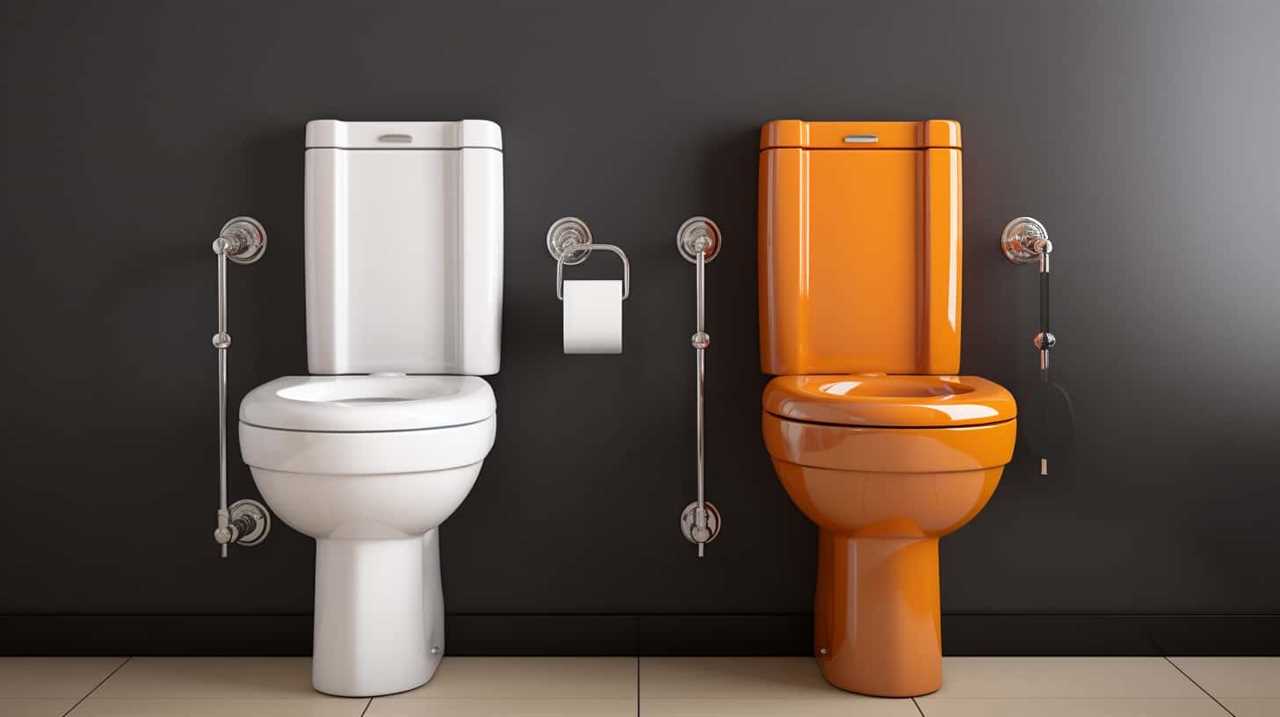
- Disposable vs. reusable menstrual products: Disposable pads contribute to waste accumulation, as they aren’t biodegradable and can take years to decompose. Reusable pads, on the other hand, reduce waste and have a lower environmental impact.
- Menstrual pad disposal methods: Flushing pads down the toilet leads to clogging of sewage systems and can result in expensive repairs. Additionally, when pads reach wastewater treatment plants, they can cause equipment malfunction and increase maintenance costs.
- Impact on the environment: The chemicals present in menstrual pads, such as dyes and adhesives, can contaminate water sources and harm aquatic life. Moreover, the production and disposal of pads contribute to greenhouse gas emissions and the depletion of natural resources.
To minimize the environmental impact of menstrual pads, it’s essential to use reusable products and dispose of them properly in designated bins or by following local waste management guidelines.
Steps to Resolve the Issue
To address the issue of accidentally flushing a pad down the toilet, let’s explore the steps we can take to resolve this situation effectively.
The first step is to avoid flushing anything else down the toilet, as it may cause further damage.
Next, it’s important to turn off the water supply to the toilet to prevent any potential overflow.
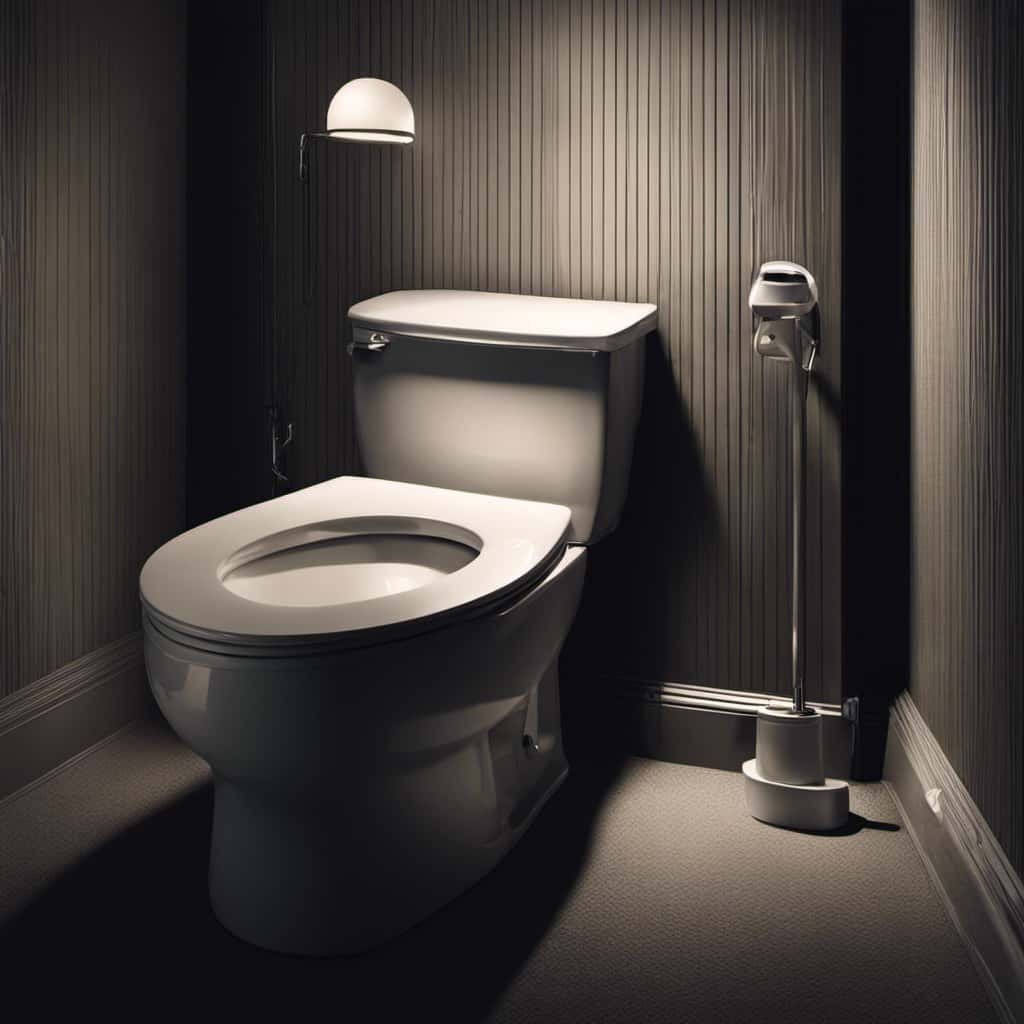
Then, we should contact a professional plumbing service to assess the situation and provide the necessary repairs. They have the expertise and the right tools to safely remove the pad from the toilet without causing any further damage.
It’s crucial to rely on their expertise to avoid any potential complications or hazards.
Frequently Asked Questions
Can Flushing a Pad Down the Toilet Cause Any Health Risks or Infections?
Flushing pads can have a significant impact on plumbing, potentially causing clogs and blockages. Additionally, it may lead to sewer backups, which can pose health risks and cause infections. It is important to dispose of pads properly.
How Long Does It Take for a Flushed Pad to Decompose in the Sewer System?
The decomposition rate of a flushed pad in the sewer system depends on various factors. However, it’s important to note that its environmental impact can be significant, requiring proper disposal methods to prevent clogs and pollution.
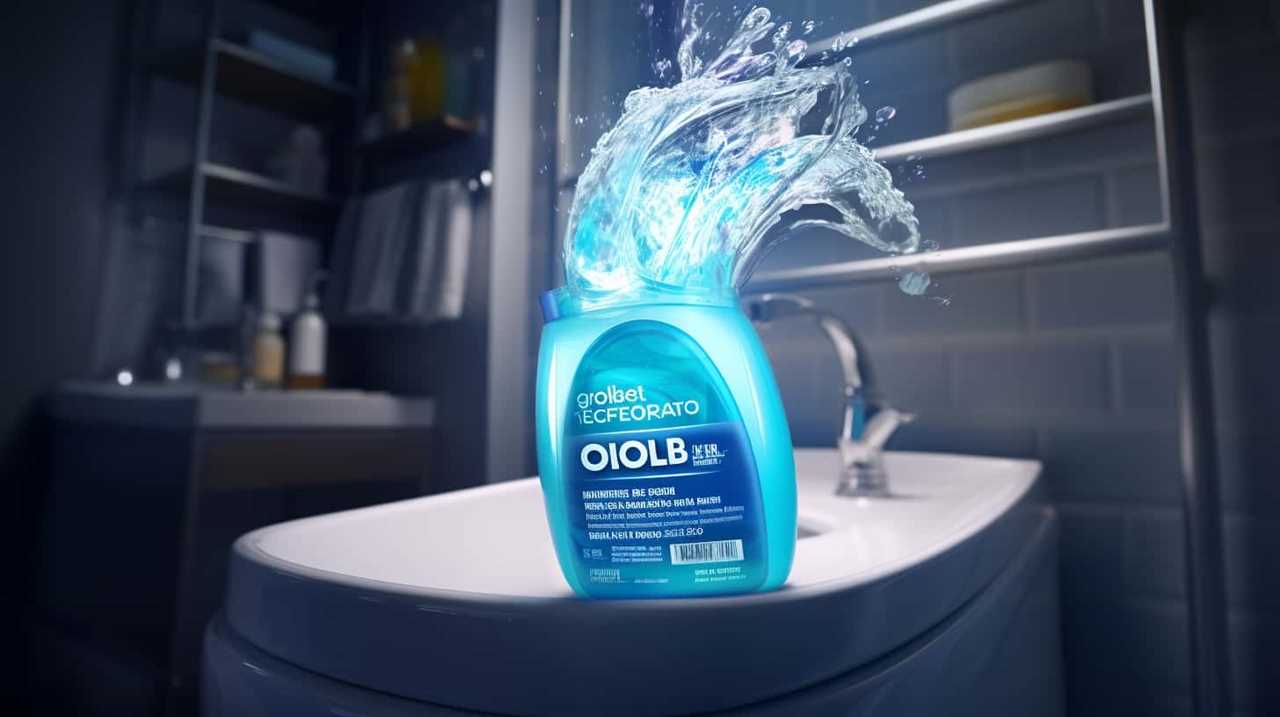
Are There Any Alternative Methods for Disposing of Pads That Are More Environmentally Friendly?
Composting pads and using a menstrual cup as an alternative method for disposing of pads are more environmentally friendly options. They reduce waste and minimize the negative impact on the sewer system and the environment.
Can Flushing a Pad Down the Toilet Lead to Any Long-Term Damage to the Sewage Treatment Plants?
Flushing a pad down the toilet can have serious long-term effects on the environment and water quality. The impact on sewage treatment plants can be detrimental, leading to clogs, backups, and costly repairs.
Are There Any Specific Types of Pads That Are More Likely to Cause Clogging or Plumbing Issues When Flushed?
When it comes to flushing safety, it’s important to consider the type of pad you’re using. Some pads, particularly those made with non-biodegradable materials, are more likely to cause clogging and plumbing issues. It’s always a good idea to explore eco-friendly alternatives.
Conclusion
Accidentally flushing a pad down the toilet can lead to potential clogging, damage to the plumbing system, and even the risk of sewer backup. Not to mention the negative environmental impact of flushing pads.
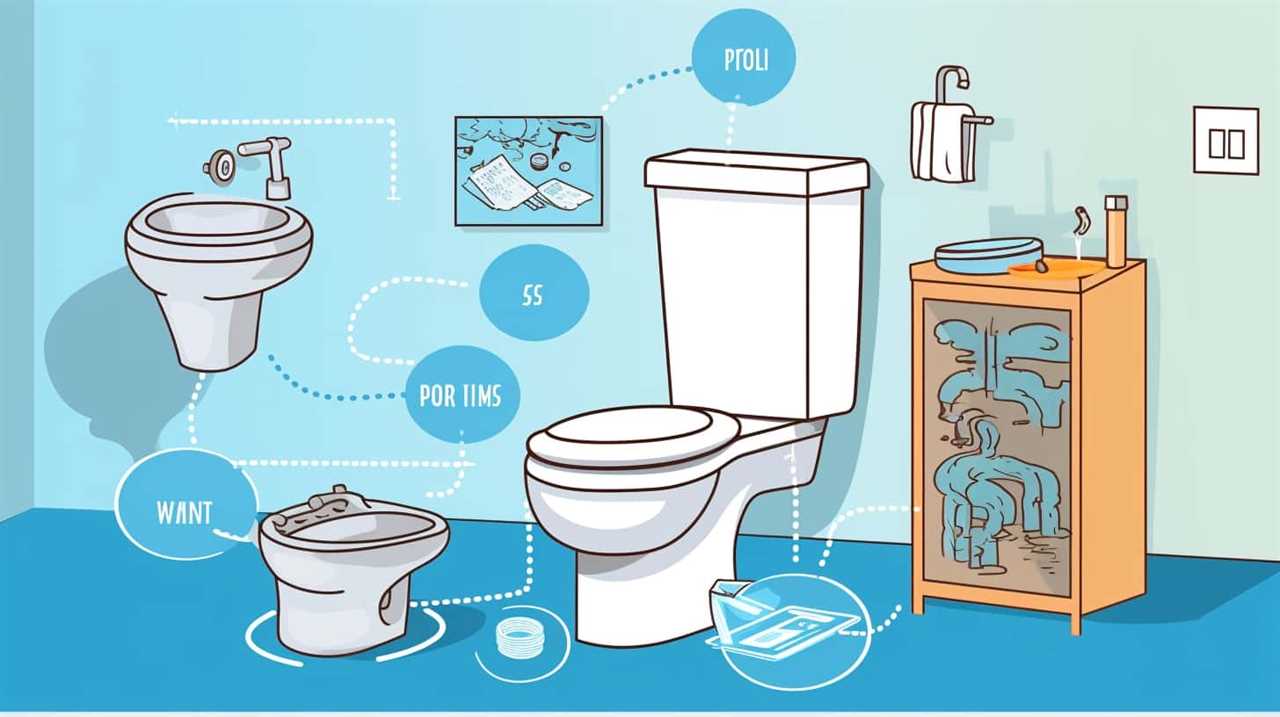
It’s crucial to take immediate action to resolve the issue. So, if you find yourself in this sticky situation, don’t panic. Contact a professional plumber or follow the necessary steps to prevent further complications and keep your toilet flowing smoothly.
